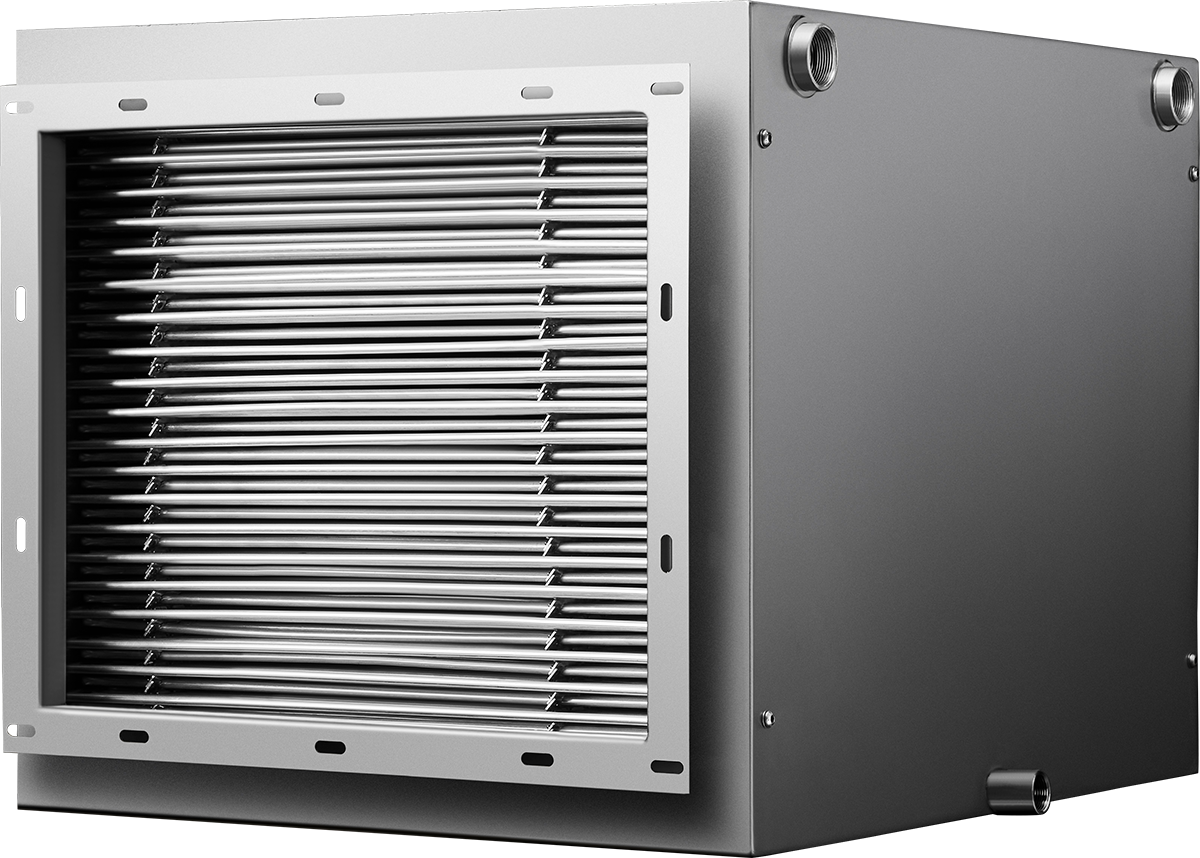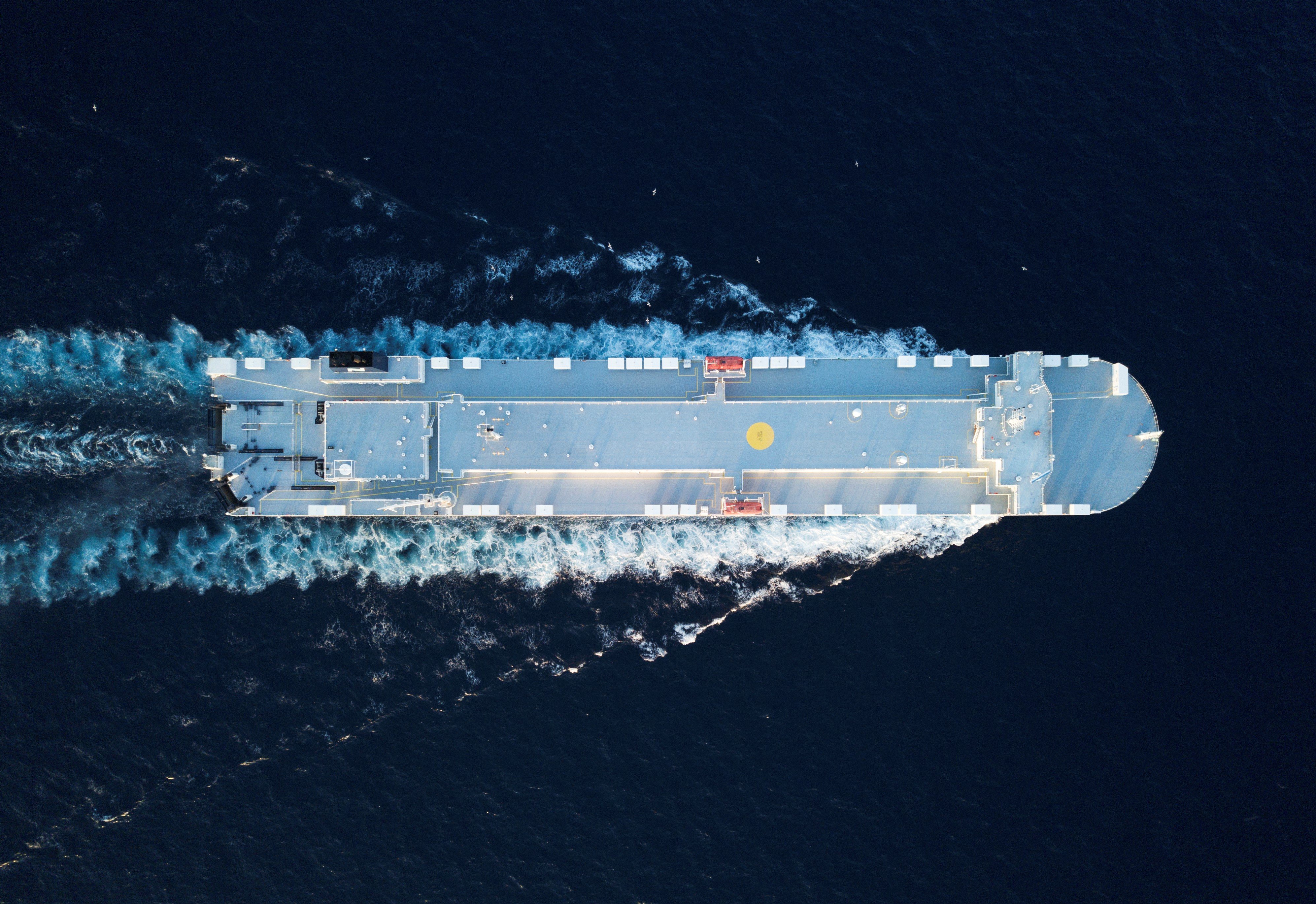Energy is a scarce resource at sea. Therefore, it is especially important to utilize the excess heat that is currently being vented directly from ships' kitchens, laundries, and other processes that pollute the air.

Lepido, being a heavy-duty heat exchanger, is larger compared to a traditional heat exchanger to make room for its patented geometry of the recovery coils. The space between the coils is much larger than between fins of a traditional heat exchanger.
The result is a unique airflow pattern where most of the particles can pass through the heat exchanger instead of sticking to the coils. This slows down the build-up on the coils and makes the air pressure drop minimal, even if a coating has formed. Lepido is resilient against pollutants like soot, smoke, grease, and particles and is suitable for diverse marine applications as it seamlessly integrates into a Run-Around-Circuit, overcoming the Coanda effect.
Lepido ensures optimal efficiency and is designed to withstand high temperatures and pressures. Its innovative design facilitates easy cleaning and no downtime.

The recovered heat can be used to heat replacement air or returned to the process itself by preheating liquid/air. For example, the recovered heat from the exhaust air from main engines and generators can be used to preheat water or for cabin heating. The recovered heat from galley areas can be used for preheating fresh air intake or for heating water for dishwashing and cooking. And, the Flue gases from boilers can be used to preheat boiler feedwater to improve boiler efficiency and reduce fuel consumption.
